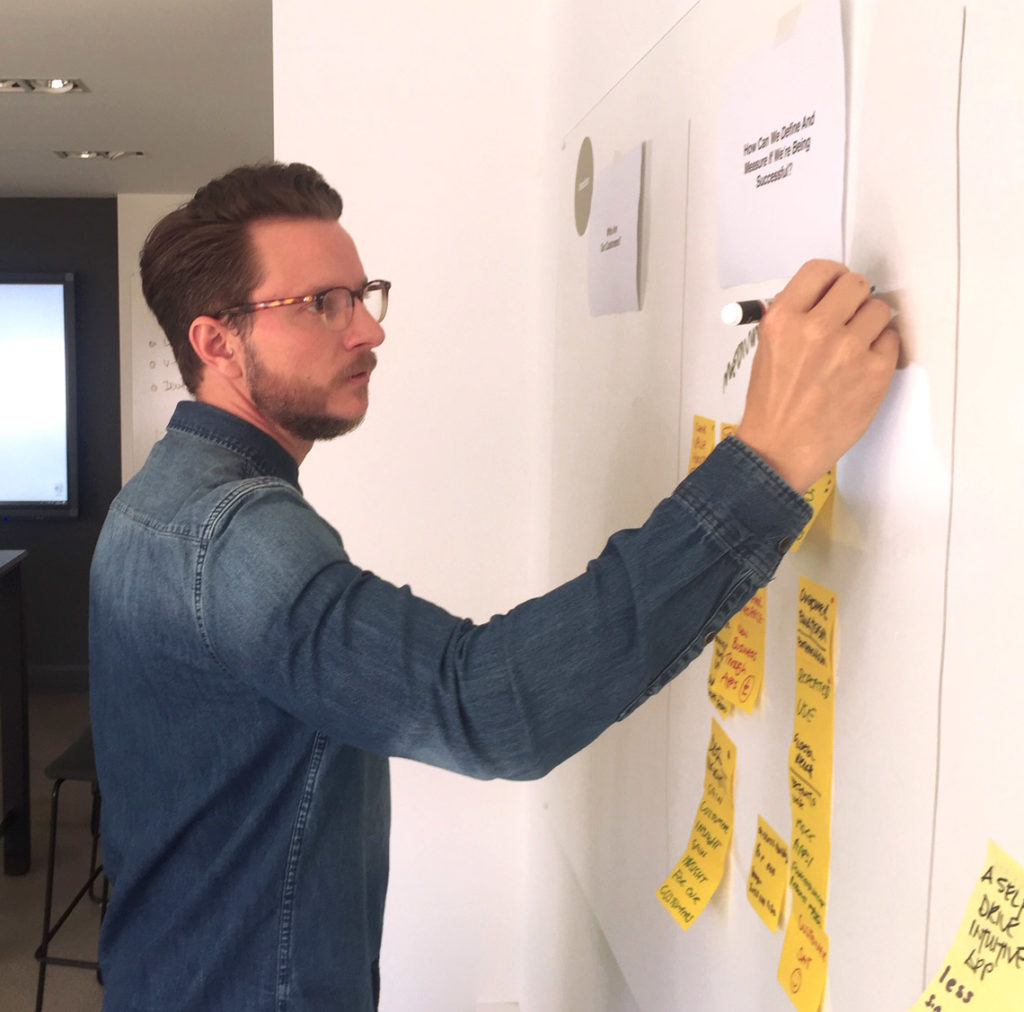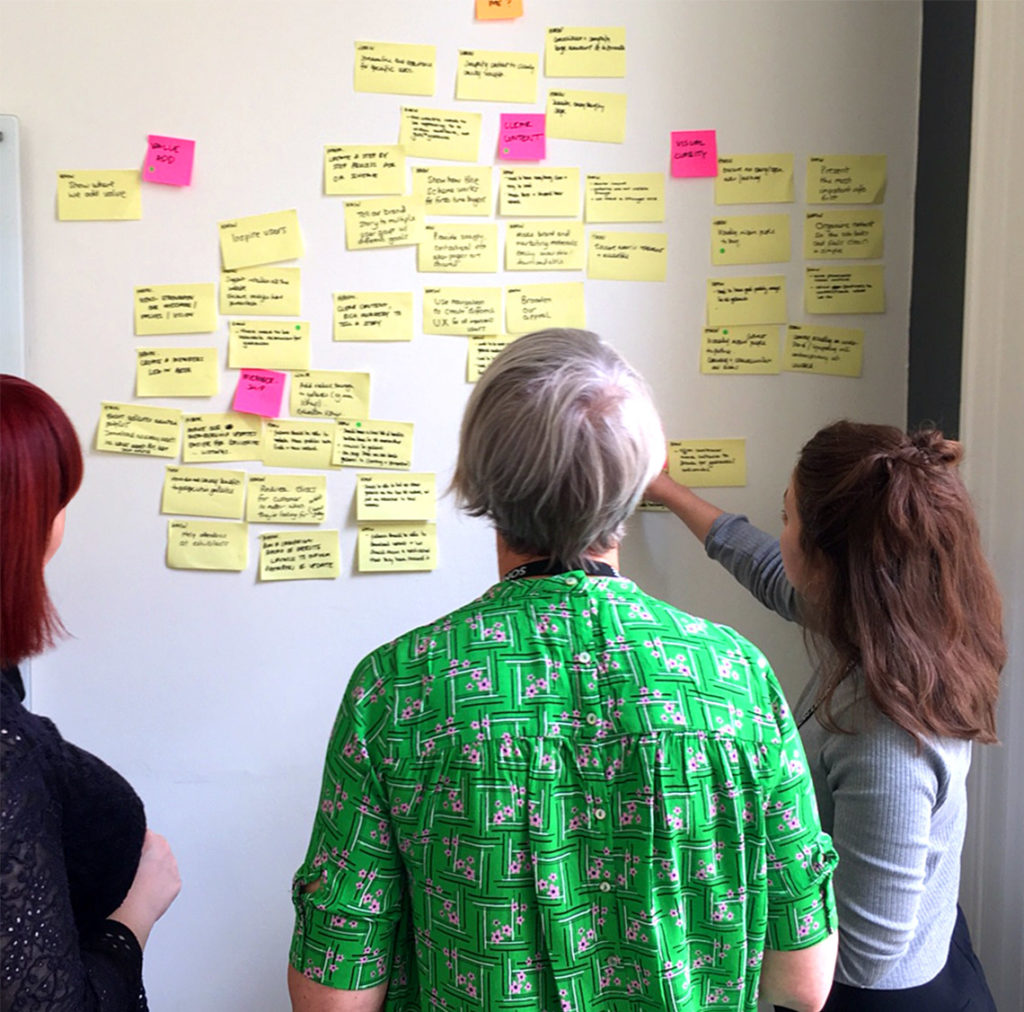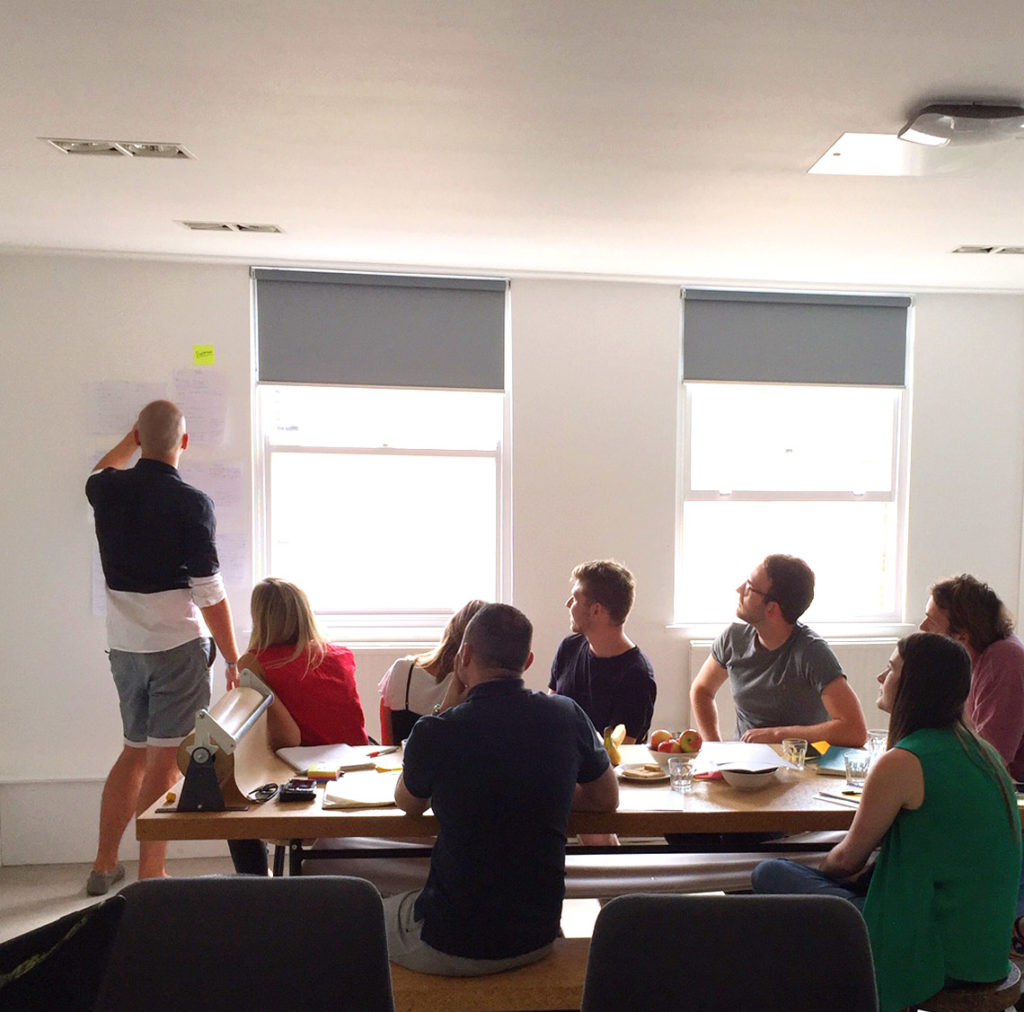How a Design Sprint can create the ideal conditions for your big ideas.
It’s often struck me as interesting, and I know I’m not alone here, that there’s a certain state of mind which gives way to those eureka moments where we have our best ideas.
The process is called ideation, simply defined ideation is ‘the activity of forming ideas in the mind’.
For me, my go-to place was always the shower. It’s a repetitive task, it needs no real neurological activity to complete, and so the mind wanders into some great creative places.
I even tried the James Bond shower technique of alternating boiling hot and freezing cold water, which has a whole host of amazing mental and physical health benefits. However, aiding a state of mind zen for generating new ideas was not among them, unfortunately.
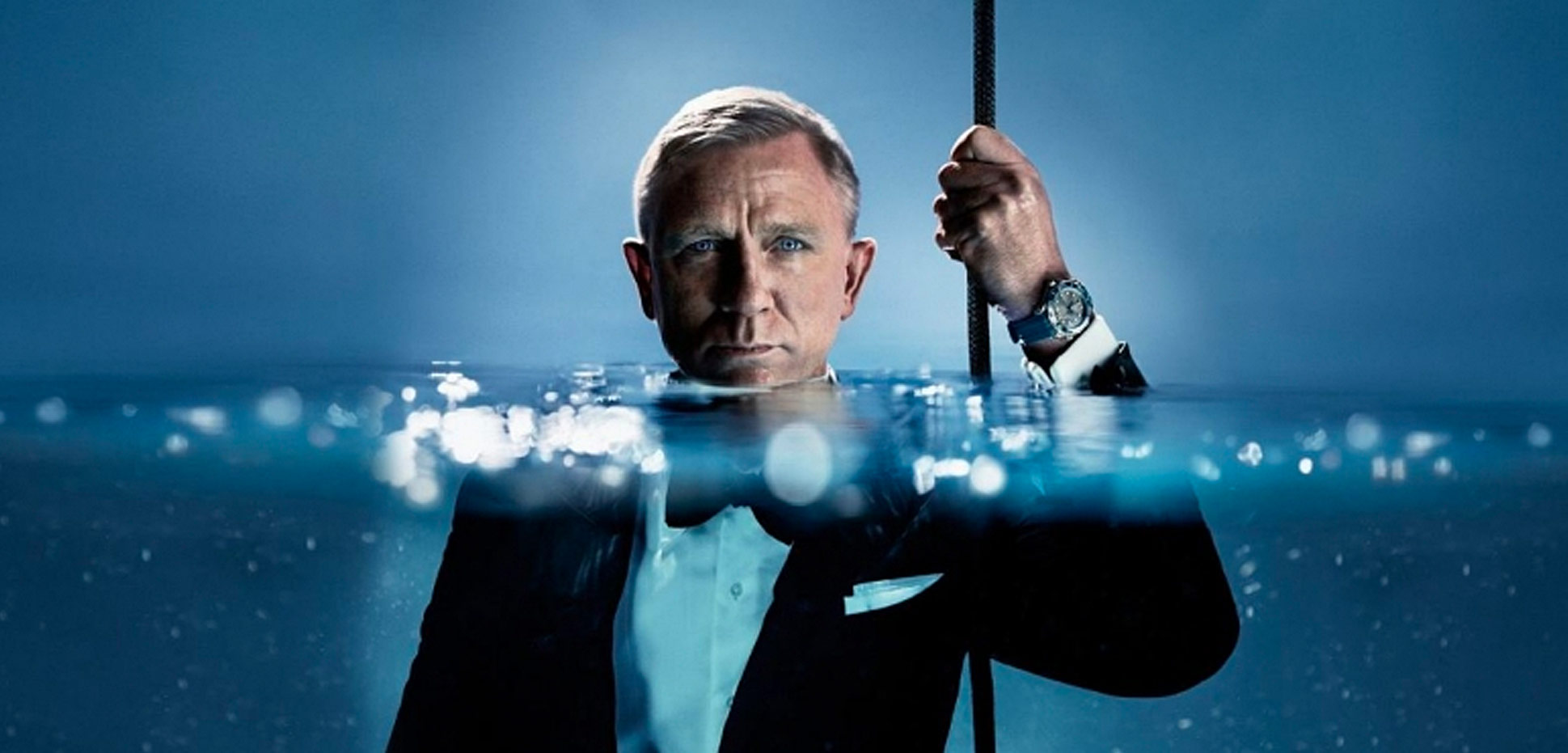
So, if it isn’t my shower technique, what is it that allows the right conditions for ideation to prosper? And, once we know what they are, how can we evoke them without putting ourselves under pressure to perform?
Why ideation is important
Before we dig into the
The art of ideation is valuable because it enables you to expand your creativity beyond your current thinking by changing the way you come up with new ideas.
It may seem obvious to some, particularly those who consider themselves creatively-minded, but for
Ideas drive innovation, and innovation is what drives businesses forward.
The Science of Ideation
But it’s not just an opinion that there’s a happy place filled with great creative ideas waiting out there, somewhere, for all of us. There’s a science to coming up with new ideas.
And it comes down to 2 key principles:
Feeling good, and break routine.
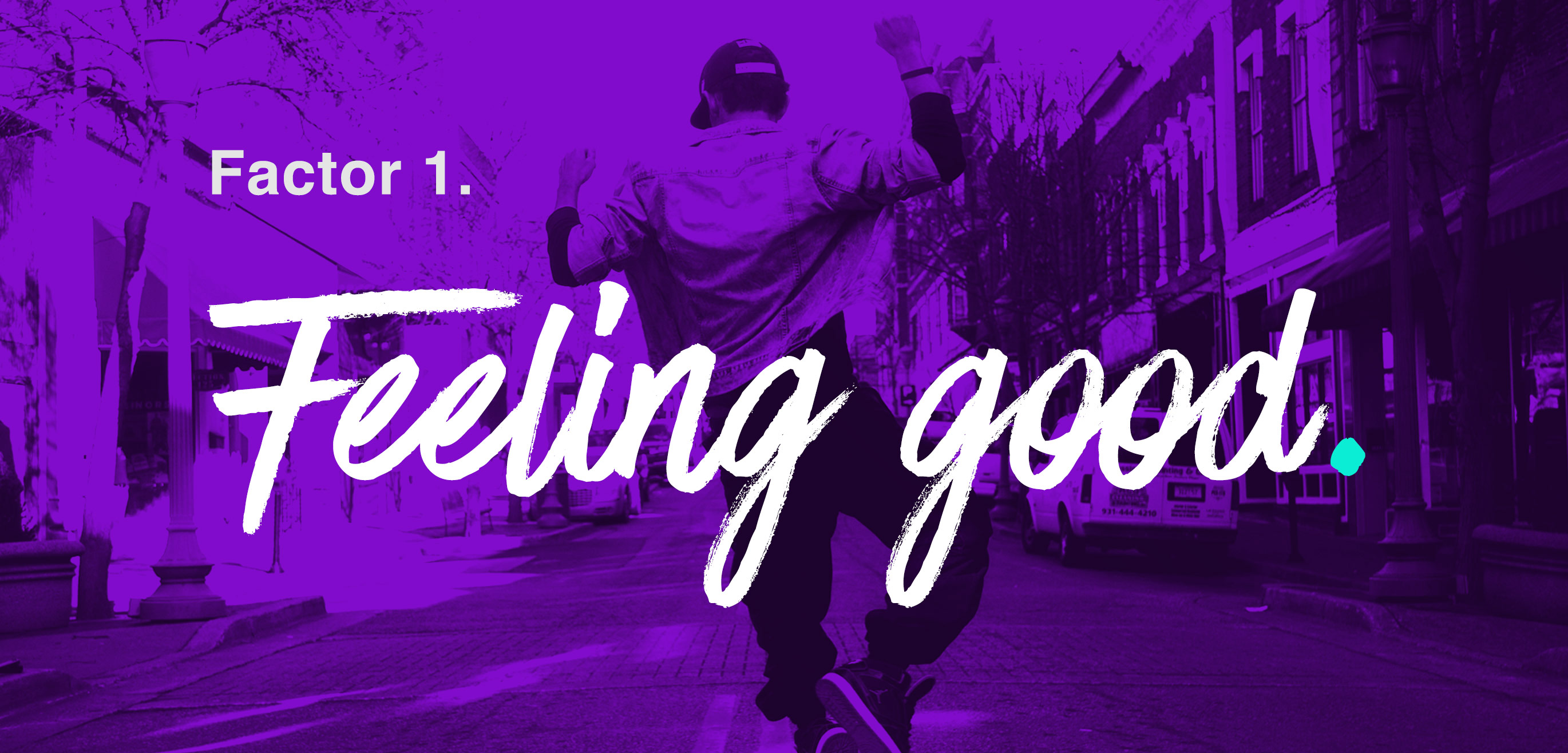
There’s something in our brains called dopamine. It’s got a reputation as the “feel-good hormone” and is associated with feelings of euphoria, bliss, motivation, and concentration. There’s more to it than that but in a nutshell, that’s what we’re talking about.
So what’s dopamine got to do with ideation? Alice Flaherty, one of the world’s most renowned neuroscientists researching creativity, may have the answer:
Alice Flaherty – NeuroscientistPeople vary in terms of their level of creative drive according to the activity of the dopamine pathways of the limbic system.
So, it’s likely the more dopamine you have flowing upstairs, the more creative you’re likely to be and the more great ideas might come knocking.
Typical feel-good triggers that can help us feel relaxed, in turn leading to increased dopamine production, include, you guessed it, having a shower!
But also exercising, cooking, listening to music and any number of
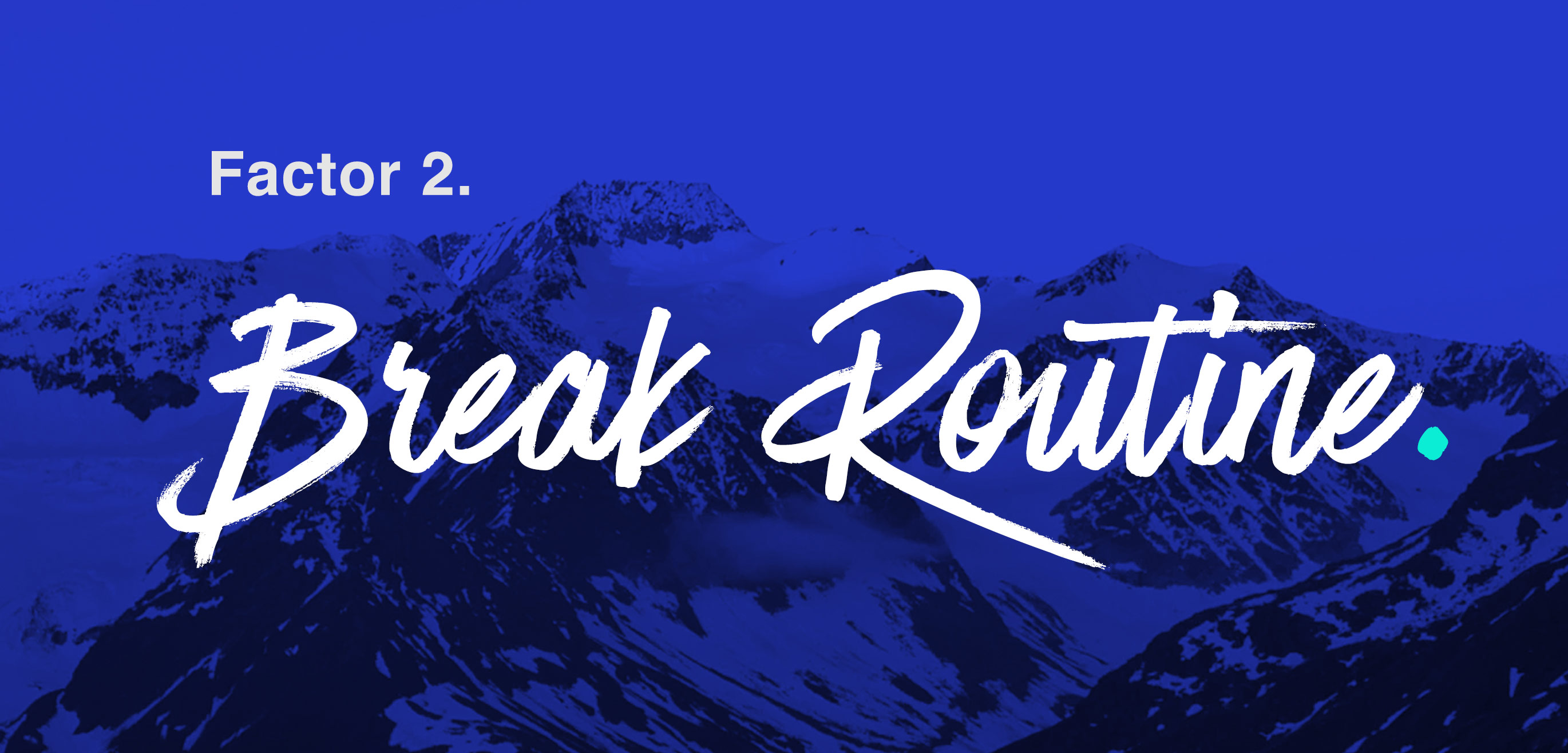
This is setting the scene for the ideation ‘process’ mentioned earlier.
Not so much a step-by-step linear approach, but more a list of four environmental factors that you can change in order to drive your creativity and produce more, and in turn hopefully, better ideas.
- 1. Cut out technology – Activities such as having a shower, exercising or driving limit our use of technology to almost nothing. It’s no coincidence then that cutting out technology can sometimes create the ideal scenario for good ideas to surface.
- 2. Change the context – Dr. Shelly Carson, the Harvard psychologist, also suggests having a strict boundary between your brainstorming space and your work space. When you have a dedicated space for receiving input and coming up with ideas, it’s easier for your brain to get into that mode when it needs to. So get away from your desk! Have several go to places in your itinerary of ideation.
- 3. Welcome distractions – Distraction can be a good thing sometimes. Our minds are built to wander, so embrace it. You never know where a distraction could lead, given the right conditions that troublesome tangent could be just what you need.
- 4. Actively make time – Creating time for your ideas comes down to rethinking how you fend off the default states of busyness and negative distractions. Block some time out and make yourself unavailable, get your out of office engaged…this is your time to shine.
Ideation & the Design Sprint!
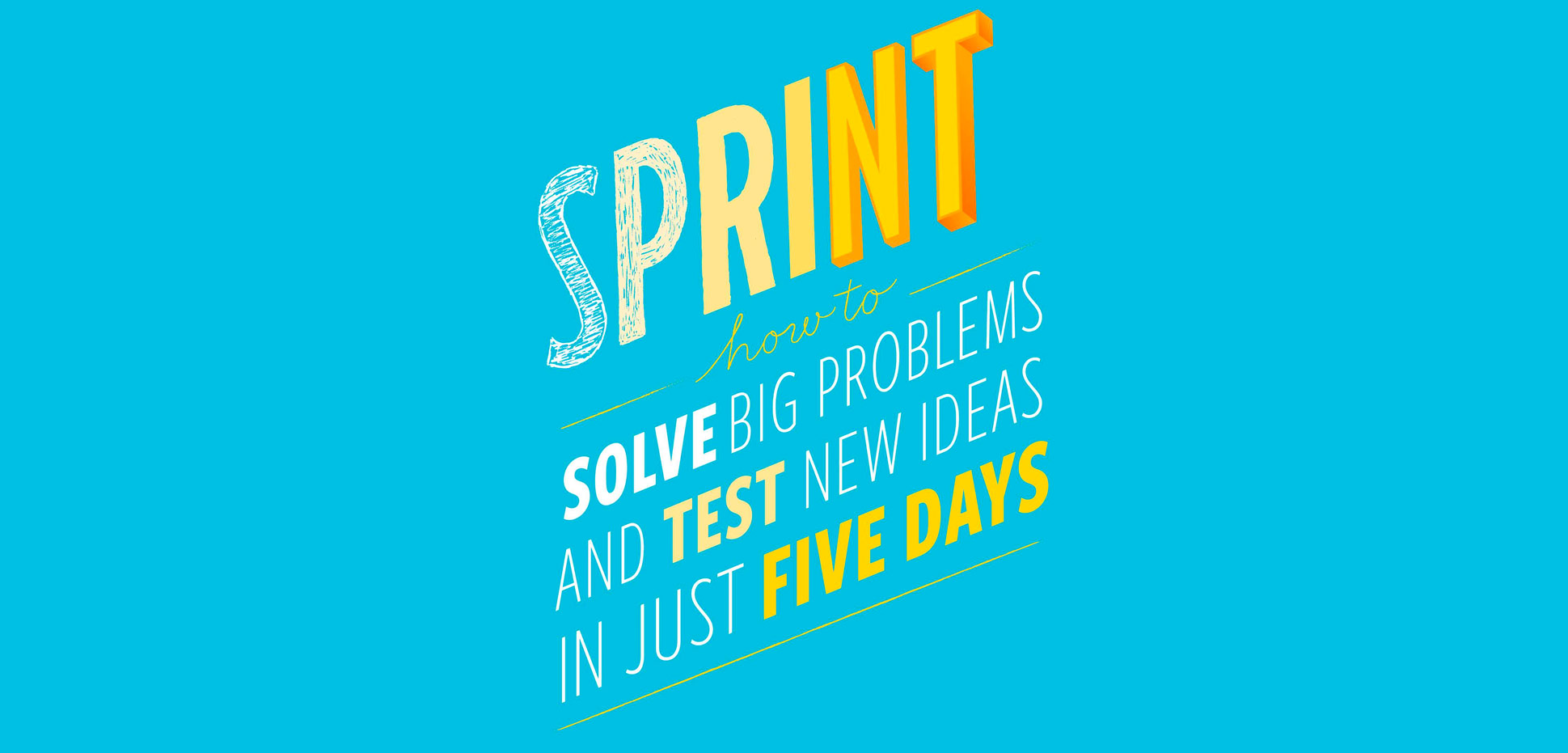
At Wolfcub we find the Design Sprint process to be a highly effective and efficient creative process. Especially in terms of the four ways of changing your circumstances for greater creativity…
Sprint Ideation 1: Cut out technology
The most obvious prerequisite for creating the ideal state of mind for great ideas is to shut down the possibility of unnecessary distractions, which usually means technology.
Ironically, as designers, the very tools and platforms we’re often trying to generate ideas for can end up being the barriers to achieving our own creative mindsets.
It’s no surprise then, as part of the setup for a Design Sprint, that sprint authors Jake Knapp, John Zeratsky and Braden Kowitz recommend a
Excerpt from The Sprint Book – Setting the stageNo laptops, phones, or iPads allowed. If you need your device, leave the room or wait for a break
It’s just pen and paper, sketching and basic methods. It’s like school, only way better.
So step away. Put the phone down. It’s going to be okay.
Sprint ideation 2: Change the context.
This one is simple: step away from the desk, into the workshop!
This describes the perfect context for ideation to begin. In fact, you’ll have a hard time filling out post-its quick enough to keep up!
Sprint ideation 3: Welcome distractions
You know the score, you’ve been focusing all day on a problem or coming up with a new idea, sat in the same place you do all you work, you’re feeling drained and nothing is coming to mind.
In this
Shelley H. Carson – Researcher Harvard UniversityA distraction may provide the break you need to disengage from a fixation on the ineffective solution.
Or, in other words, allowing yourself to be distracted allows your mind to enter what scientists call the “incubation period” for your ideas. When you step away from the problem and do something different that takes your mind off the challenge, you could be heading towards the ideal state of mind for ideas to flow.
A Design Sprint is a distraction, a highly positive distraction from the
Sprint ideation 4: Actively make time
You’ve got the space for your D
Having a long period of intensive time to work on a challenge that might have been going on for months is a huge advantage when it comes to idea generation, and this basic idea-inducing tactic is at the foundation of the Design Sprint process.
It’s hardly surprising then that the Design Sprint originator Jake Knapp went on to write a book about making time, called… you guessed it, Make Time!
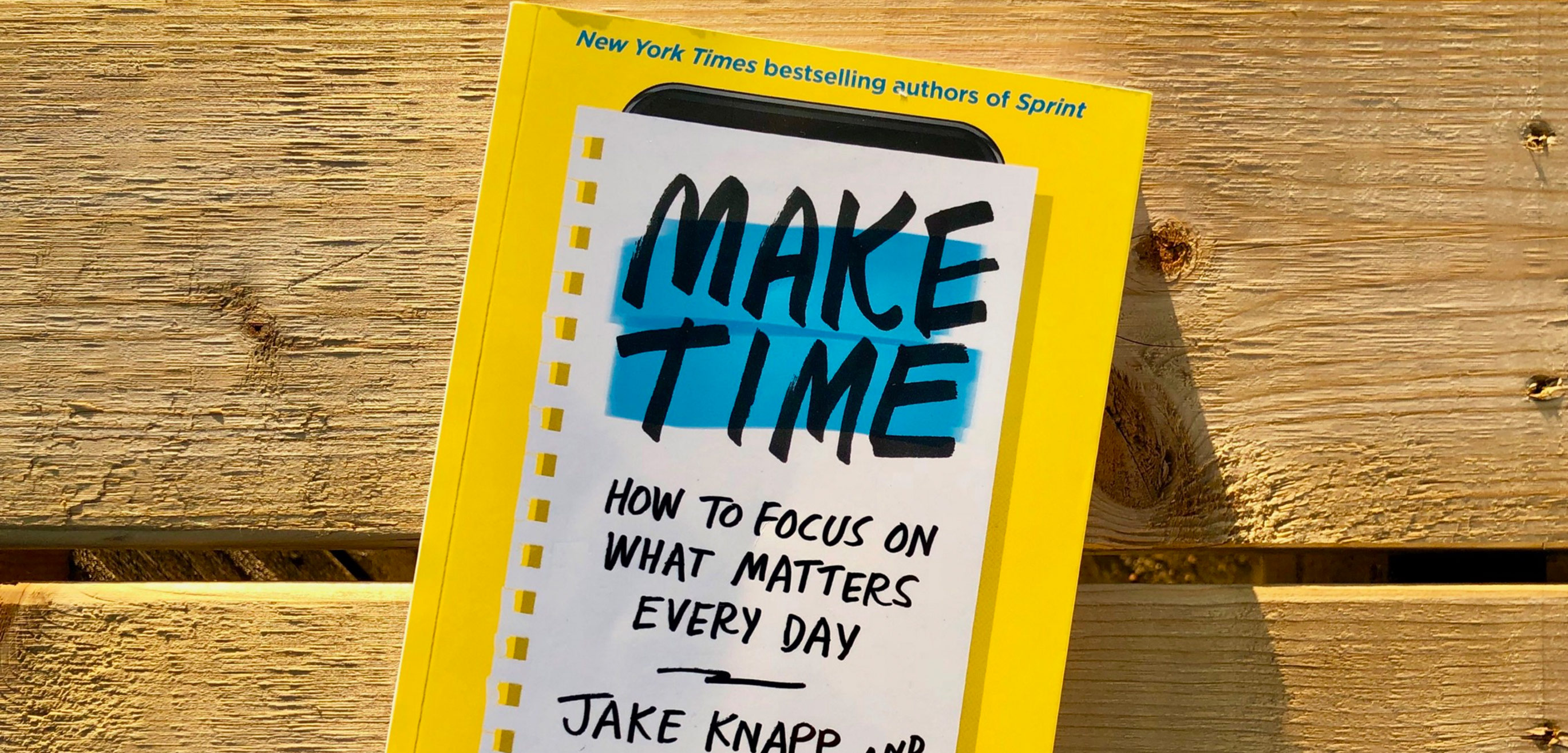
Summing up
A Design Sprint is a process taking several days, which invites multiple team members simultaneously to step away from their day to day duties within an organisation and get distracted in a good way. It’s the perfect idea incubation vehicle.
Like the rest of our being, the mind needs time out too, and when we create the right conditions for it – cut out technology, change the context, welcome distractions, and actively make time – then maybe… just maybe that next big idea is just a short sprint away.
